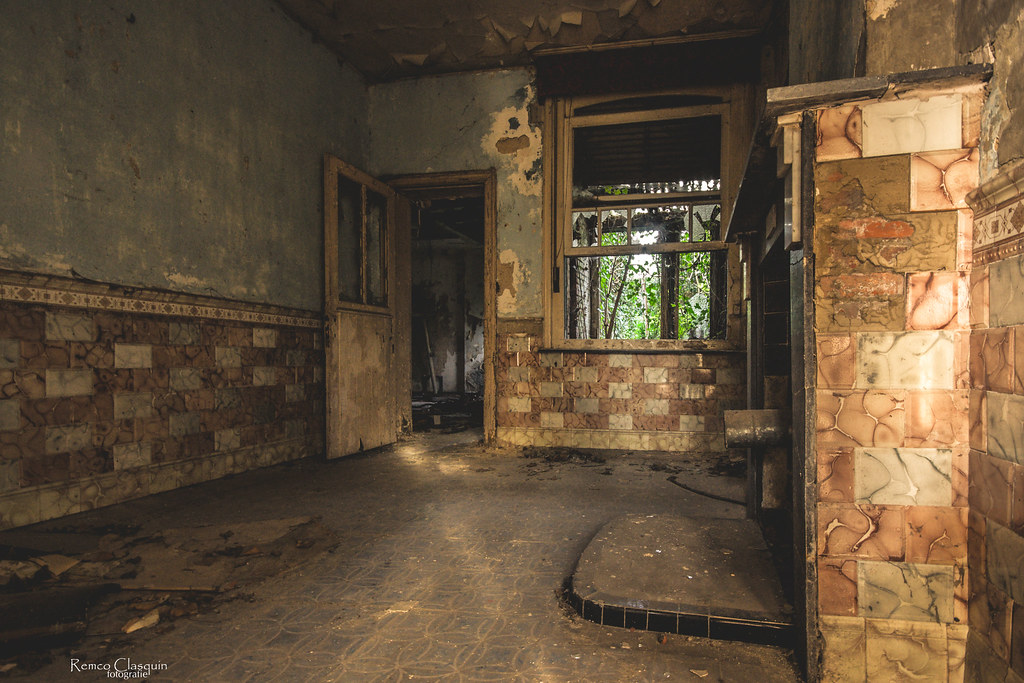In the ancient scrolls of old civilizations, certain names appear time and again — whispered by travelers, recorded by monks, and passed through generations as folklore. One such name is Sylveer, a place shrouded in mist and mystery, believed to exist at the edge of reality and dream.
Long before cities rose and the world was mapped, Sylveer was spoken of in stories — not as a person, not as a concept, but as a living, breathing realm untouched by time.
Today, we’ll unravel the legend of Sylveer, a forgotten grove where nature holds ancient secrets and only the worthy may enter.
What Was Sylveer?
According to old forest tales and ancient seafarer myths, Sylveer was said to be a hidden land deep within the endless woodlands, where sunlight danced in strange colors and the air hummed with quiet, eternal energy.
The name Sylveer itself was believed to come from the old tongue — Sylv meaning forest, and Veer meaning spirit. Together, Sylveer was called “The Grove of Living Spirits”.
It wasn’t marked on any maps, nor found by those seeking riches or conquest. Legends claimed it only revealed itself to those in search of peace, knowledge, or a second chance.
The Myths of Sylveer
Villagers spoke of travelers who wandered into the mists of forgotten woods and stumbled upon Sylveer — only to emerge days later, forever changed. They described silver-leaved trees that whispered names of the lost, waters that showed visions of both past and future, and creatures made of wind and light.
A famous legend told of a weary hunter named Alun who, pursued by wolves, crossed into Sylveer’s border. The forest stilled, the wolves vanished, and an ageless figure welcomed him, offering sanctuary. When Alun returned to his village, years had passed though he had only been gone a day.
These stories made Sylveer a symbol of hope, a mythical refuge for the forgotten and lost.
Sylveer’s Guardians
Legends speak of The Veerborn — ancient protectors of Sylveer who ensured no ill-intentioned soul could enter. These beings, half human and half elemental, could sense a traveler’s heart. If one approached with greed or malice, they would be led astray by illusions, forever wandering the woods.
Those with pure hearts, however, would see a silver mist rise and the path to Sylveer open before them.
The Veerborn were said to be immortal but bound to the grove, their lives tied to the wellbeing of the ancient forest.
Why Did Sylveer Disappear?
Like all good legends, Sylveer’s fate is a mystery. Some say it vanished when the world forgot how to listen to the wind, or when the last ancient tree was cut down. Others believe it still exists, hidden beneath modern cities or deep within mountain valleys, visible only when the veil between worlds thins.
Folklore tells of certain nights — when the moon turns pale and the air hums strangely — where one might accidentally step into Sylveer, only to find themselves standing in a land out of time.
The Symbols of Sylveer
Even though the grove itself was lost, traces of Sylveer’s symbolism remained:
- Silver leaves hung above doorways in old villages to ward off misfortune.
- Mist circles formed around lakes on specific mornings, believed to be Sylveer’s spirit watching.
- The Veer Sigil — a symbol resembling intertwined branches and stars — appeared in ancient manuscripts, marking places of hidden wisdom.
These signs served as both protection and reminders of the forgotten realm.
Could Sylveer Be Real?
Skeptics claim Sylveer was simply a metaphor — a representation of inner peace, self-discovery, or a connection to nature lost in modern times. Folklorists suggest it was a way for ancient people to explain unexplainable phenomena: sudden disappearances, unusual forest clearings, or unseasonable mists.
Yet, to this day, stories persist from hikers and travelers claiming to find unmapped clearings, where time felt slower, and the air shimmered unnaturally. Some reported hearing voices in forgotten tongues or seeing glimmers of light without a source.
The Modern Legacy of Sylveer
Today, Sylveer lives on in literature, fantasy fiction, and whispered campfire stories. Artists paint it as a paradise untouched by human destruction. Writers use it as a symbol of returning to nature, of rediscovering forgotten wisdom in an age of digital noise.
Some eco-villages and wellness retreats even take on the name Sylveer, seeking to create spaces that reflect the peace and purity the old legends described.
Final Thought
Whether it was a physical place hidden from the maps or a creation of hopeful hearts, Sylveer represents something deeply human — the yearning for a sanctuary where time slows, spirits heal, and nature speaks.
It stands as a reminder that there are still mysteries worth chasing and places, whether real or imagined, where the world’s noise fades away.
So the next time you find yourself walking a foggy path, and the wind seems to whisper in unfamiliar ways, pay attention. You might just be standing at the edge of Sylveer.



